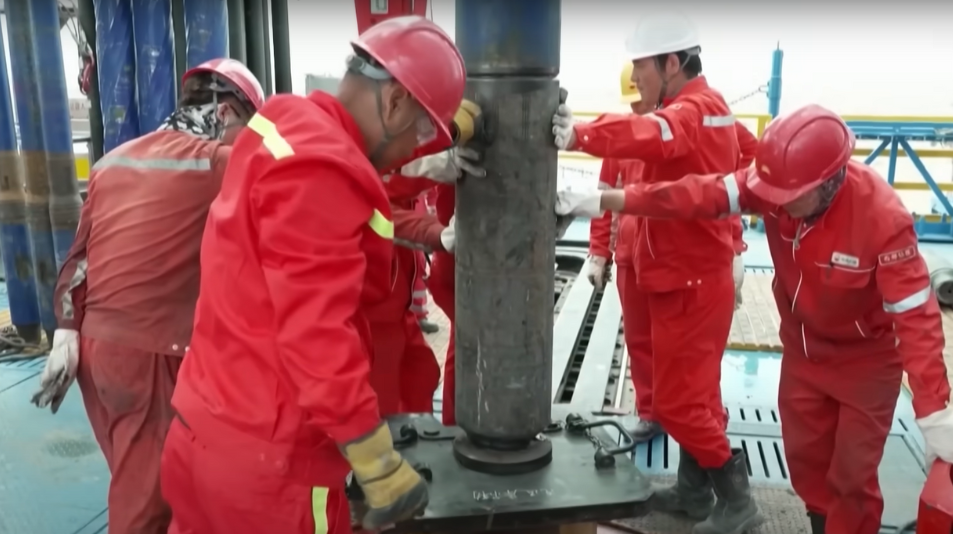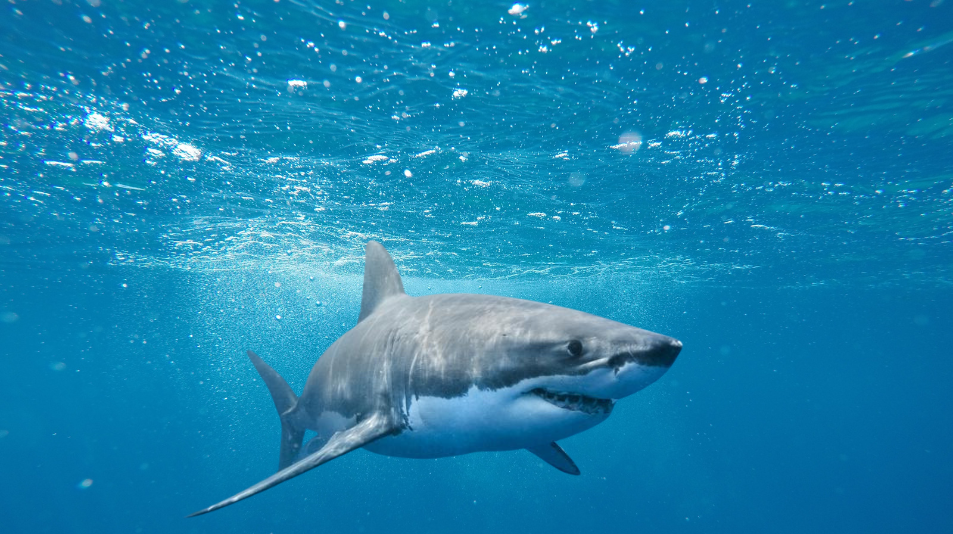
The Decline of Public Pools in America: A Deep Dive into the Issue
Public pools have long been a symbol of community and recreation in America. They’ve provided a place for people to cool off during hot summers, learn to swim, and gather with friends and family. However, over the past few decades, the number of public pools in the country has been steadily declining. This article delves into the history of public pools, the reasons behind their decline, and the impact this has on communities across the country.
The Golden Age of Public Pools
In the early 20th century, public pools were a common sight in American cities. The New Deal led to the construction of nearly 750 pools between 1933 and 1938, marking the largest burst of public pool construction in American history. These pools became emblems of a new, distinctly modern version of the good life that valued leisure, pleasure, and beauty.
The Struggle for Integration
However, access to these pools was not always equal. Before the 1920s, public pools in the North were segregated along gender lines but not racial ones. This changed as pools became gender integrated. Racial stereotypes around cleanliness and safety, as well as fears of Black men interacting with White women in bathing suits, turned pools into some of the most segregated public spaces in America.
The Privatization of Pools
The success of the civil rights movement in integrating pools coincided with a surge of private pools and swim clubs. Many middle-class White families left cities for the suburbs and built pools in their new backyards. New suburbanites chose to organize country clubs with fees rather than build pools open to the public. From 1950 to 1962, 22,000 private swim clubs opened, mostly in White suburbs.
The Decline of Public Pools
As Whites withdrew from public pools and parks, taxpayer funding and support for pools dwindled. Disinvestment in public recreation grew following tax revolts of the late 1970s. As cities closed pools and stopped maintaining existing ones, private swim clubs filled the void for those who could access them and backyard pools proliferated.
The Current State of Public Pools
Today, public pools are a rarer sight. Parks and recreation agencies tend to be the first area to cut when budgets are tight and the slowest to get money back. Public pools are costly for cities to maintain and insure. Cities also have struggled to staff pools with lifeguards. High-school and college students have more summer job options and are less likely to pick up a job as a lifeguard over the summer than they once did.
The Impact on Communities
The decline of public pools has hit poor and minority groups the hardest. Today, 79% of children in families with household incomes less than $50,000 have no or low swimming ability. The lack of access to public pools means that some people miss out on a chance to learn how to swim, get more comfortable in the water, and build life-saving skills.
In summary, the decline of public pools in America is a complex issue with roots in history, economics, and social change. As we face increasingly hot summers due to climate change, the need for public pools becomes even more urgent. It’s crucial to address this issue and ensure that everyone, regardless of their income or race, has access to safe, affordable places to swim and cool off.


